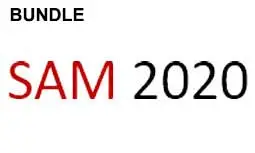Signal waveform design for high resolution target localization in through-the-wall radar
Chen Huang, Hongqing Liu, Lu Gan, Zhen Luo, Yi Zhou
-
Members: FreeSPS
IEEE Members: $11.00
Non-members: $15.00Length: 14:04
10 Jun 2020
This work studies the effects of different waveform designs on the clutter removal and target localization in through-the-wall radar (TWR) system. To removal the wall clutter, its low-rank property is utilized, whereas the sparse property of the target returns is exploited to perform target reconstruction. As a result, a joint low-rank and sparse model is developed where alternating direction method of multipliers (ADMM) is utilized to solve the corresponding optimization. Moreover, to demonstrate the performances of different waveforms, three well-known signals including mono-frequency, stepped-frequency, and frequency-modulated continuous-wave (FMCW) waveforms have been selected for transmit. The experimental results show advantages and disadvantages of each waveform.



